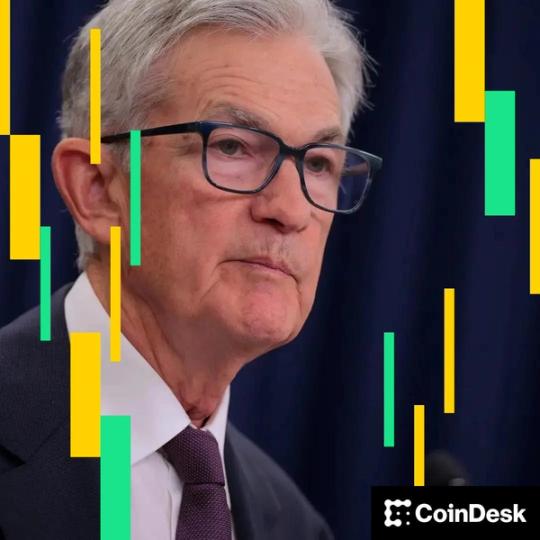A solid day of decline for cryptocurrencies is turning into a tailspin after the Federal Reserve Chairman’s surprisingly hawkish remarks during his post-policy meeting press conference.
“A December rate cut is far from a foregone conclusion,” Powell said in his opening remarks. This came as a shock to markets, which had predicted a 90% chance of another rate cut at the Fed’s final meeting of the year.
The effect on prices was immediate, with bitcoin fell about $2,000 to the current $109,600, now down 5% in the past 24 hours and having largely given up its big gains from earlier in the week.
Stocks also fell following Powell’s remarks, going from a modest gain for the day to a modest loss. The 10-year Treasury yield has now jumped 8 basis points to 4.06% and the dollar is rising. The odds of a rate cut in December have fallen to just 69%, down from 90% earlier, according to CME FedWatch.
It remains to be seen whether Powell is simply stating a hard line – as Fed officials often do – or whether he truly believes the central bank will return to wait-and-see mode.
As expected, the central bank had, a few minutes earlier, reduced its benchmark federal funds rate by 25 basis points, to 3.75%-4.0%. The reduction, however, was rather hawkish, if that’s possible, with Kansas City Fed chief Jeffrey Schmid breaking with his colleagues and voting to keep his policy unchanged.
The current government shutdown and economic data breakdown puts the central bank in a difficult situation, with policymakers remaining cautious about announcing further cuts that could trigger volatility in risk assets, said Marcin Kazmierczak, co-founder of Oracle RedStone Network.
“The data outage caused by the shutdown means that the Fed’s subsequent decisions are now unpredictable, and that’s what markets hate the most,” he said in an emailed note. “This uncertainty likely means Bitcoin and greater cryptocurrency volatility through the end of the year.”
Paul Howard, director of crypto trading firm Wincent, noted that BTC is still trying to maintain the $110,000 to $120,000 range, but fears of a further reduction that may not happen have pushed prices down slightly.
“I feel this suits short-term accumulation and we will see macroeconomic improvements heading into November, which will boost risk assets ahead of year-end consolidation,” he added.




